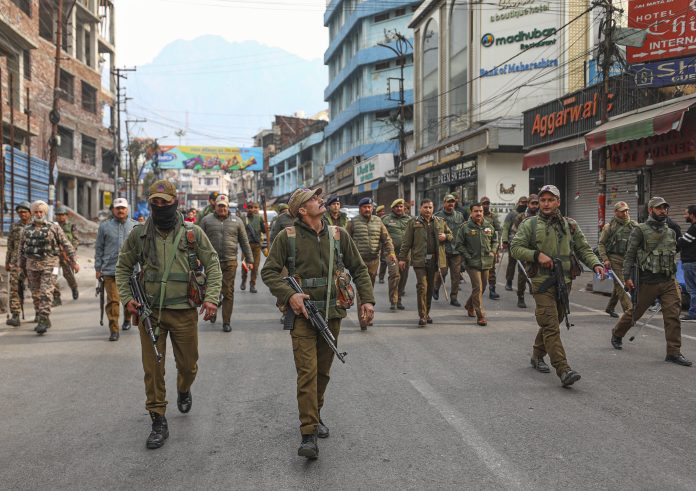|
Expected to be deployed along LAC
in eastern Ladakh
|
Chandigarh(Agencies): An unmanned
aerial vehicle (UAV) developed by Defence Research and Development Organisation
(DRDO) to monitor public areas during the COVID-19 lockdown has been adapted to
monitor border areas.
It is first expected to be deployed along the Line of
Actual Control (LAC) in eastern Ladakh as the stand-off with China in eastern
Ladakh continues and disengagement of troops is facing hurdles.
The drone, christened ‘Bharat’, has been developed by
DRDO’s Terminal Ballistics Research Laboratory (TBRL), is capable of
undertaking real-time surveillance as well as broadcasting live public
announcements.
The project had been conceived recently in response to
the requirements for technologies to mitigate the COVID-19 threat.
“The drone is
capable of providing real-time video feed as well as still images to its
operators and its controlling software has built-in artificial intelligence
tools for analysis and decision-making,” a senior DRDO scientist said.
“We have made
certain modifications to the earlier model and incorporated some additional
features that can make its deployment effective in border areas,” he added.
The design of the drone is said to incorporate low
observable features to make its detection difficult by the adversary. Projected
to be among the world’s lightest and most agile and surveillance platforms, it
has an operational range of a few kilometres and is meant for tactical
intelligence gathering and surveillance in a localised area.
Bharat has been designed entirely by TBRL, which is
involved in development, production, processing and characterisation of
different high-explosive compositions, fragmentation studies of warheads,
captive flight testing of bombs, missiles and airborne systems and ballistics
evaluation of protective system like body armour, vehicle armour and helmets.
It has also developed other products like face shields
and examination enclosures for the medical fraternity and contactless sanitizer
dispenser for use in the fight against COVID-19.
Bharat has been ruggedised to operate in high altitude
areas and in extreme climatic conditions. Its payload includes an array of
sensors, including infrared and night vision equipment to operate in varied
geographical environments.
Advanced drones for use by local commanders in the field
within their own area of responsibility have for long been on the Army’s wish
list and some variants with different operational capability are already in
service.
The Army is also looking at employment of miniature
drones to keep a watch on mountain passes during winters when high snow makes
movement of troops or manning forward outposts difficult.





No comments:
Post a Comment